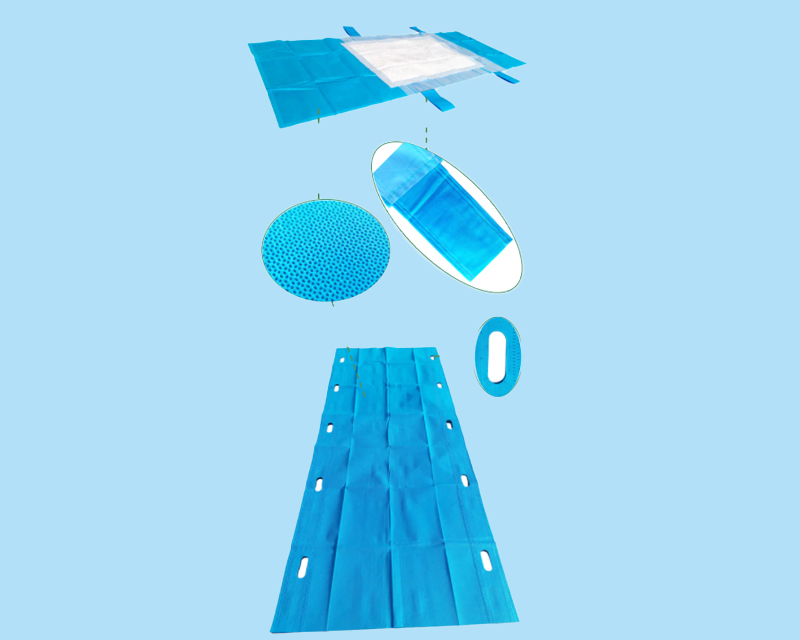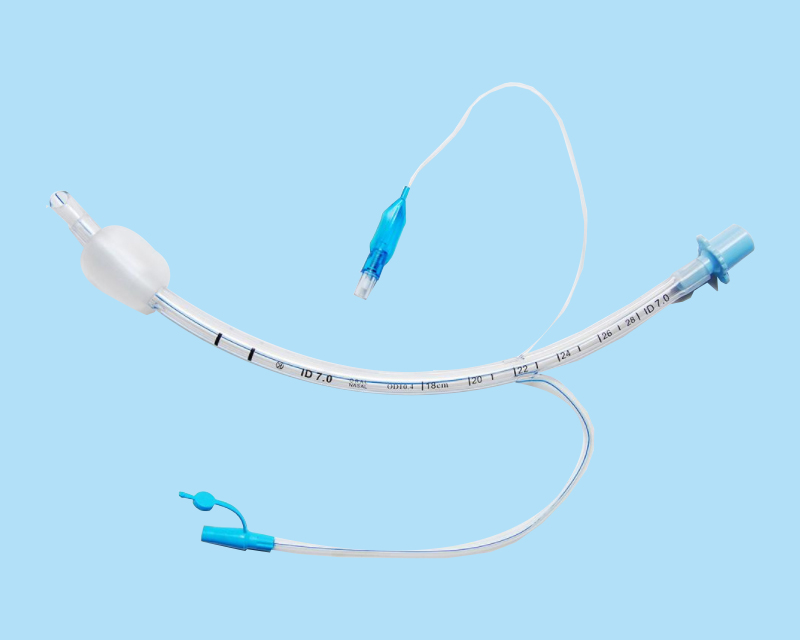How much is Quanzhou medical isolation shoe cover wholesale
What's the function of medical cotton ball? The medical cotton ball is made of medical degreased cotton, which is white, soft and elastic white fiber, free of stains, stains, foreign matters, odor and taste. It is divided into sterile medical cotton balls and non sterile medical cotton balls. Medical cotton balls generally directly contact patients' wounds. They are the main sanitary materials used in the medical industry for patients' wound dressing, protection, cleaning and other purposes. They are non-toxic, non irritating, have good water absorption and are easy to use. Medical cotton balls have high requirements on sterilization. In addition, for the selection of raw materials for making cotton balls, the raw materials that meet the requirements of standards and industry standards must be selected. Medical cotton balls, including medical alcohol disinfection cotton balls and medical iodophor disinfection cotton balls, are made of medical degreased cotton balls dipped with a certain concentration of disinfectant, and are mainly used for sterilization of skin and mucous membrane of adults and children over 2 years old.

How much is Quanzhou medical isolation shoe cover wholesale
Detailed description of medical isolation shoe covers: medical isolation shoe covers are suitable for medical personnel to use in medical institutions to prevent contact with potentially infectious patients' blood, body fluids, secretions, etc., and play a barrier and protective role. The medical isolation shoe cover is made of non-woven PP+PE material, which has sufficient strength and barrier performance, is non sterile, and is disposable. Specification: height 45CM * length 43CM (40-43 feet are all common) Storage conditions: medical isolation shoe covers should be stored in a dry, cool and well ventilated environment with diameter of - 30 ℃~55 ℃, relative humidity of no more than 80%, no corrosive gas. Transportation conditions: heavy pressure, direct sunlight, snow and rain, and radiation shall be prevented during transportation. Contraindication: Those allergic to raw materials such as nonwovens should use it with caution. Shelf life: stored under specified conditions, valid for 3 years

How much is Quanzhou medical isolation shoe cover wholesale
The "formula" of medical transfer pad has been widely exposed. There are so many kinds of raw materials: as long as it is a medical product, there are many stresses on the use of raw materials, even the medical transfer pad, a simple medical product, is no exception. Since medical transfer pads are usually used to transfer patients, there are very strict standards for the use of raw materials. At present, the materials commonly used in the production of medical transfer pads are PVC, polyurethane PU, ordinary silica gel, etc. Let's briefly understand the characteristics of different materials. The commonly used raw materials in the production of medical transfer pads are generally as follows: silica gel - alias: silicone rubber, transparent or milky white granular solid. It has open porous structure, strong adsorption, and can adsorb a variety of substances. If water is absorbed, the moisture absorption is about 40%. If cobalt chloride is added, it will be blue when dry and red after absorbing water. PVC is mainly composed of PVC powder, and other ingredients are added to enhance its heat resistance, toughness, ductility, etc. Alcohol and concentrated sulfuric acid are mixed 1:3 at 170 ℃ to produce ethylene chloride and ethylene, which will produce ethylene dichloride; Dichloroethylene can also be converted into chlorinated vinyl, which is the basic component of PVC. During polymerization, chlorinated vinyl molecules are linked together to form a PVC chain. The transfer pad made of this material is characterized by light weight, heat insulation, heat preservation, moisture-proof, flame retardancy, strong bending strength and impact toughness, and high elongation when broken. PU polyurethane is a common polymer material. Polyurethane is a new organic polymer material, which is widely used in many fields of national economy because of its properties. The product transfer pad made of PU material is mainly used in light industry, chemical industry, electronics, textile, medical treatment, construction, building materials, automobiles, etc. The casting polyurethane in polyurethane elastomer is used to produce anti-skid pads. The elastomer is a kind of polyurethane elastomer that is widely used and has a large output. The specific applications include printing and conveying rubber rollers; Molding cots; Oil seal, washer ball joint, bushing bearing; O-ring; Support pad; Sole, back root and toe cap; Lining; Gear, etc. The hardness range of elastomer selected is different in different application fields. The advantage of the transfer pad is its strong viscosity and adhesion. [For details, please refer to the relevant content of "Don't underestimate the mobile sliding pad component, its function is beyond your imagination!"] The above is a brief introduction to the characteristics of commonly used raw materials for the transfer pad. Our company specializes in producing all kinds of transfer pad products with reliable quality and excellent use effect. If relevant enterprises have the need to purchase this product by order, please call our hotline directly for consultation, and we will wholeheartedly provide services.

How much is Quanzhou medical isolation shoe cover wholesale
The composition of the nursing pad sheet: The nursing pad is a disposable sanitary product made of PE film, non-woven fabric, villus pulp, polymer and other materials, which is mainly used in hospital operations, gynecological examinations, maternal care, infant care, paralyzed patients with incontinence, and women during menstruation. Features: The surface layer is made of soft non-woven fabric, which can penetrate quickly, keep the skin comfortable, guide and emboss, guide the urine to spread around, keep dry and high molecular absorbent resin (SAP), and ensure rapid and effective absorption.







